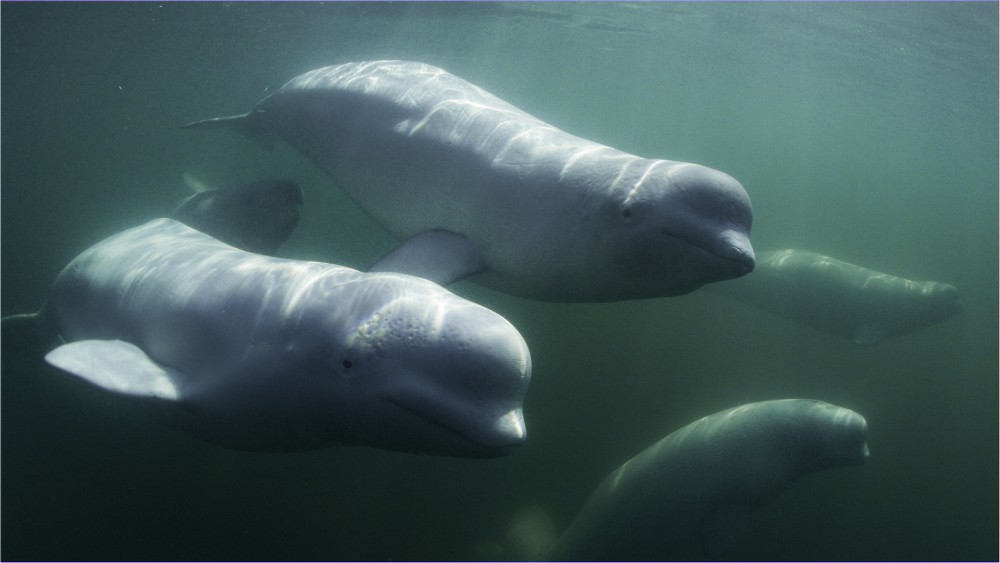
Whales are the closest mammals to humans on earth. That is just one of the secrets revealed in Secrets of The Whales, nominated for multiple Emmys on Disney +, namely to Directors of Photography Hayes Baxley, Andy Mitchell, Luis Lamar, and Brian Armstrong for ‘Outstanding Cinematography for a Nonfiction Program.’
The three-part series from National Geographic takes a deep dive into the intricate lives and communication skills with never-before-seen footage of orcas, humpbacks, smiling white belugas, narwhals, and sperm whales in their natural habitats. Patience and timing were practiced by Armstrong, who led a team of photographers, and consulted with marine biologists for the 45-day “Planet of the Whales” (original title) expedition to Antarctica to photograph the whale rituals. The Australian, who cut his teeth filming sharks, had an adventure in Antarctica filming humpbacks breaching out of the still water and their pups learning the ancient secret of making P-shaped bubble rings to corral schools of fish.
National Geographic photographer Brian Skerry is filmed as he cavorts with orcas, receiving a welcome offering of a slain stingray, and hears the songs of humpbacks in the depths of the sea bottom. Armstrong’s Red Rock Films camera crew, specializing in wildlife, caught orcas in Patagonia practicing the art of catching sea lions off the beach for their family meal. Their unique strategies are passed down to generations, to maintain their ocean royalty. and thousands of belugas reuniting for a family reunion in the Canadian Arctic.
Below The Line spoke with Armstrong, who revealed the filming secrets using sophisticated camera equipment and rigging to capture this epic aquatic journey that encompassed 24 locations, including New Zealand, Norway, The Falkland Islands, and Alaska over a span of three years. He says not everything went as planned, trying to capture the imagery of these massive mammals in their own culture.
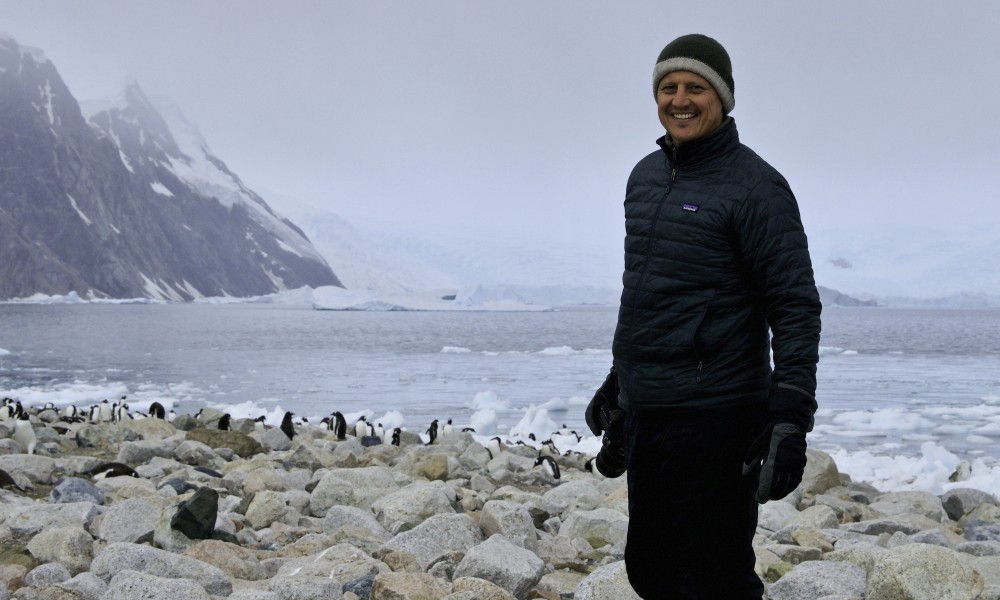
Below The Line: Filming the whales doing their thing in their natural habitat must’ve been quite a challenge.
Brian Armstrong: Absolutely. There is no denying the difficulty any time you work with kids and animals. These animals are particularly difficult because their ocean environment is just so foreign to us. When we’re dealing with whales, we can’t just go out and shoot them because they’re not getting the script and they don’t know when to show up. Any time we go out we need the right weather, not too much wind, we need sunlight to actually penetrate the waves to get in. We need them to hang around and not just take off. It’s everything coming together to try and get a sequence because once you’ve got all things lined up you hope they do something interesting. [laughs] It’s a crap shoot but we felt the whales gave us a great gift every time we got something.
BTL: How many hours of footage did you have to shoot before the whales gave you the money shot, so to speak?
Armstrong: In all, we shot about 350 hours. One of the things when you’re shooting with wildlife is you generally get everything you need in an hour or two, but it takes you three or four weeks to get that hour or two. A lot of it is preparation, learning their behavior, what they’re gonna do, where to be, and then waiting for the right time.
BTL: What was the most surprising thing you learned about the whales while filming them?
Armstrong: The whole concept of whale culture which is the driving narrative of the series is really brand new. It’s really over the last 10 years or so where scientists have been brave enough to suggest that there are beings other than humans who teach their young and pass on traditions. So it gave us a new lens from which to look at these behaviors that we’re seeing and that just opened up this whole world. We’re looking at a young orca whale in Patagonia coming up on the beach and grabbing the seaweed which is the grandmother teaching this new calf this behavior (to eventually catch sea lions) that only eight orca in the entire world know how to do. If she doesn’t teach that behavior the entire tradition is lost so I think the big surprise was really the secret of this secret of the whales is this culture exists amongst whales.
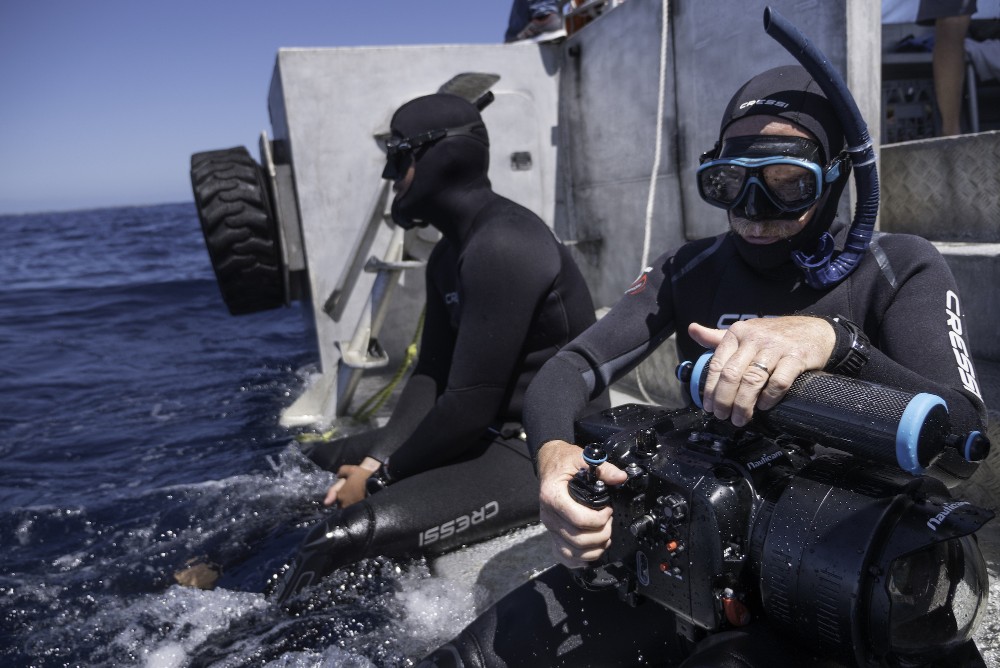
BTL: Can you reveal the filming secrets you used to capture these rituals?
Armstrong: Some of the things we created on the fly with the equipment. In all our filming, we wanted to not disturb the whales and get as natural behavior as we could. We had 20 DOPs on this shoot going all over the world, including myself. For the most part, except for some orca sequences, our divers would hold their breath for three or four minutes at a time going down 40 or 50 feet and interacting with the whales without blowing bubbles. This shows the lengths we went to, to try to get the behavior we got. When I was in Antarctica and the whales were doing this bubble-net feeding, we wanted to get in and amongst that, so we attached a couple of very small cameras at the end of a 30-foot tether with a drone and once we worked out where they were we get could get really close and get some important imagery there. I wanted everything to be as much as possible at the whale eye level, so even when they were on the surface, we wanted the cameras right there on the surface. We built a jib that could go over the side of the boat and down, a waterproof stabilized system that would allow us to capture imagery and be down there with them. You could even see the waves beneath as they move.
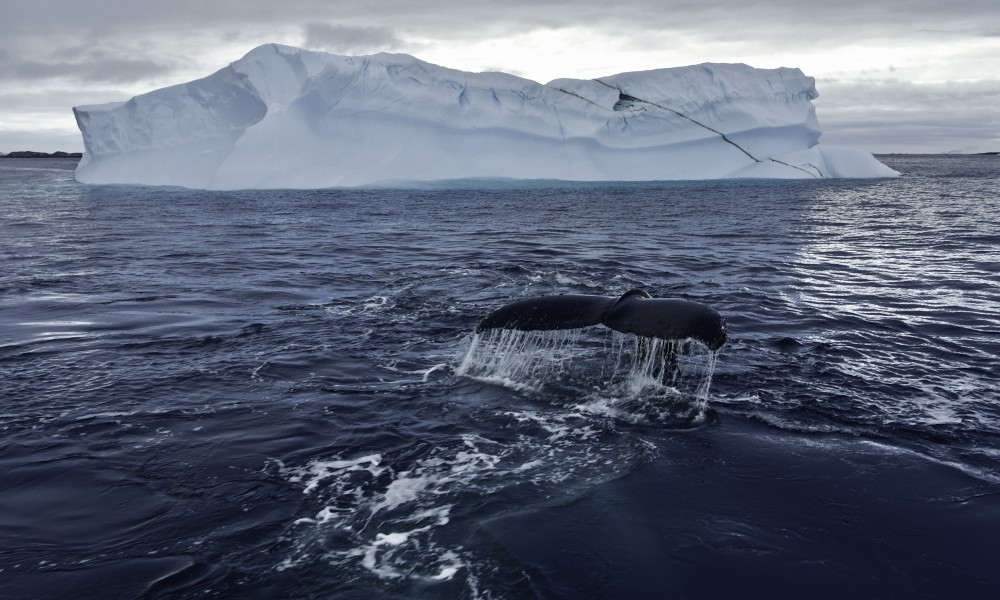
BTL: Aside from these innovations, what was most important to get what you needed?
Armstrong: The most important was getting to know the whales and their behavior and having them trust us to be in their world. There was one shot I really wanted in Antarctica. We discovered when we got down there that a lot of the whales were sleeping at the surface for two to three hours at a time. That wasn’t in the shooting script but I said to Ernie Kovacs, our great underwater DOP down there, “I really want a shot of that whale’s eye as it opens.” So we popped him in the water about 200 yards out, no tanks, and he very quietly for about 10 minutes, sort of snuck up to this sleeping humpback, this 30-foot long whale, and positioned himself down where the eye was and waited for it to wake up. One of the tricky things is the eye actually opens further down. I thought this could be a really bad idea because the pectoral fins of any whale have these really sharp barnacles that they use like weapons along the edges, and if he wakes up like I do a little cranky in the morning, he could take Ernie’s head off! We ended up doing it three times. Every time the whales woke up, saw Ernie there with his big camera, and decided they wanted to play with him. He spent about 45 minutes with these three whales who would just swim around him and saw him as a non-threatening toy to play with.
BTL: Did you wind up using that footage in the series?
Armstrong: We didn’t use people in the series as much as possible, so no, it’s in the behind-the-scenes footage. We had a drone up in the air, and you can see how the whale just lifts its fin over the top of Ernie and swims around. We couldn’t play all 45 minutes of that interaction but it was amazing to be there.
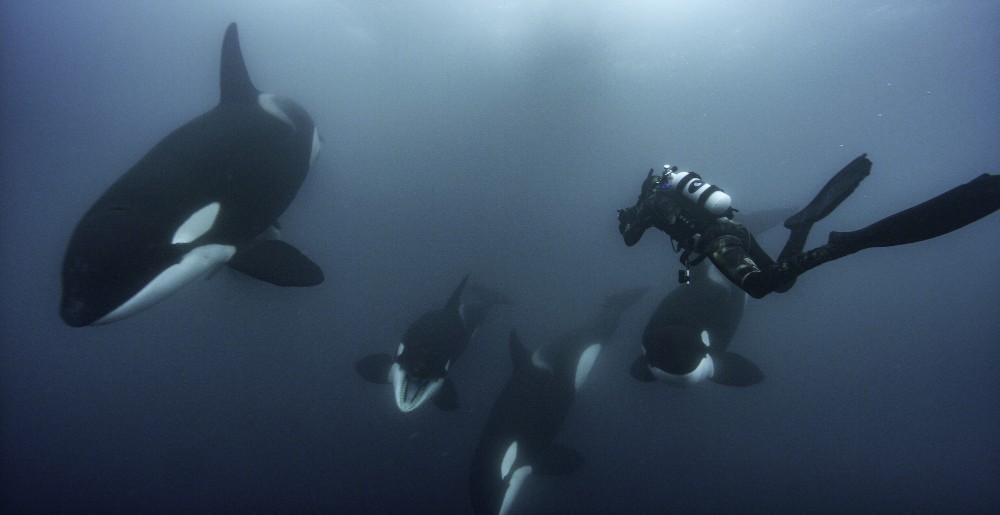
BTL: How close did Brian Skerry actually get to the orca who gave him the stingray?
Armstrong: That was in New Zealand. I worked a lot with the whale scientist Ingrid Visser down there, so when we got the opportunity to do this documentary, I called her first thing. Brian came out for a week and this particular one when he was there, we got this incredible interaction of this offering this orca is giving him. There’s never been a recorded attack by an orca in the wild so we didn’t really fear them. Ingrid taught me years ago if you want to attract orca, they are such an apex predator, top of the food chain who eat sharks for breakfast and have no real concerns about people and our bubbles around orca. Ingrid taught me [that if] you get underwater and click your fingers, really curious animals will check you out. So we could actually call them in sometimes and get them a bit closer. Brian was just a few feet away when the orca gave him the ray.
BTL: Did it ever get scary for you being so close to the whales?
Armstrong: We never felt threatened. We didn’t want to disturb them so when we’re getting in the water, we’re getting in ahead of them and letting them come past us. We devised a system where we used two boogie boards where we could take a Zodiac [surfboard] and take our divers around and drop them off near the whales. Always we wanted them to come to us. We had one guy fall in with his camera because he was standing up on the Zodiac and the whales would whiz by with his tail. We had another cameraman in Norway where a humpback was feeding on herring and accidentally got our cameraman in his mouth instead, and spat him out! That was the hairiest moment. The real danger is the mechanics of the boats and the big waves. It took four days to do the great crossing to Antarctica in a washing machine and there were times where I was just hurled across to the other side of the boat and our captain was throwing up; the first time he’d done so in 30 years. To be fair he was higher up on the boat so he was getting more of the sway whereas we got as low as we could and just crammed into a corner and put a leg up to not get tossed around too much. Those are things where you have risk but not in terms of the whales. I was really proud of myself. [laughs] I’ve done a lot of stuff on boats, a lot of shark stuff.
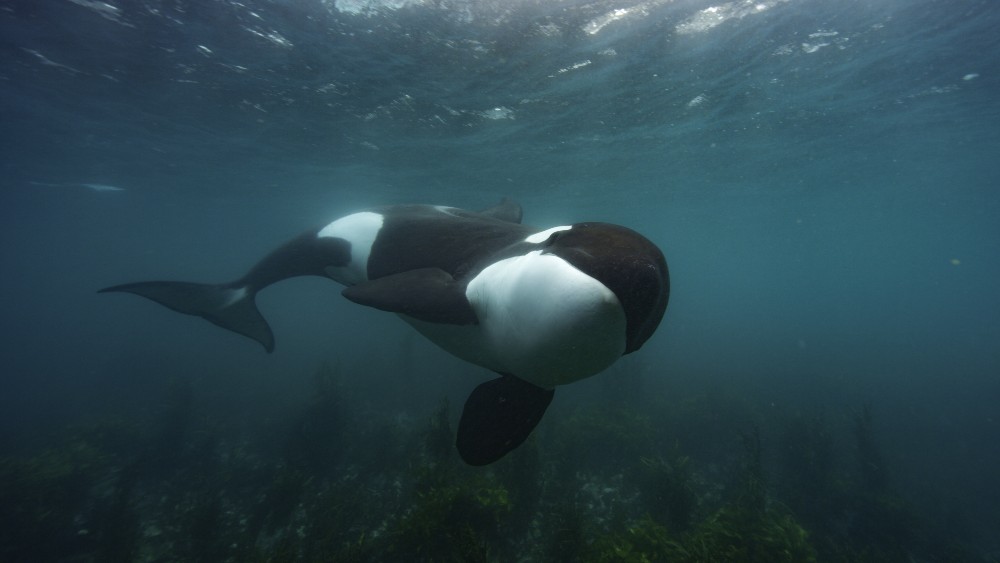
BTL: Are there other marine species to film and explore in this way?
Armstrong: There’s more to be done with dolphins and there’s a lot to be said about sharks beyond Shark Week and Sharkfest. There’s a whole other world to explore there as well with really unusual behavior. Secrets of the Whales is a celebration of whales but there are serious issues for all these species. They’re getting hammered whether it’s sperm whales entanglement with marine debris or the orca’s newborn toxicity from heavy metals put in the water that’s killing them. Humpbacks are suffering from climate change and krill harvesting so they go six months without food and come back to rely on this one particular thing that is lessening. The noise pollution is disrupting the beluga’s sonar and causing issues. My hope is that by showing how much they really are like us and have this culture that we’ll do more to help preserve them.
Secret of the Whales is now available to watch on Disney+.
All photos courtesy National Geographic for Disney+, photographers as noted. Click on images for larger versions.





